The strawberry tree (Arbutus unedo) is a shrub that bears delicate, fragrant flowers and brightly colored fruits that are not strawberries, but bland-tasting, round fruits. The oblong leaves are shiny and dark, 2 to 4 inches long. The tree produces bell-shaped white or pink flowers that grow in clusters and mature along with the fruit in the fall. Tying all of this together is the attractive multicolored bark and twisting branches that make this a lovely ornamental tree and when left as a shrub, can mature into a lush, dense dome shape. Plant new trees in the fall and expect a slow to moderate growth rate for this shrub. Description from The Spruce
Home > Plant Guide >
Scientific Name
Family
Garden Type
Wildlife
Native Plant Region
Light needs
Water Needs
Plant Type
Bloom Color(s)
Height
Width
Months in Bloom
Safe Beneath Power Lines?
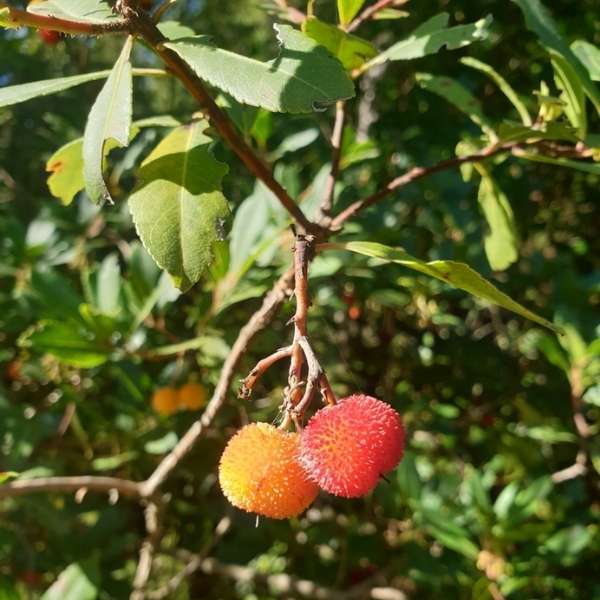
We’d like to maintain accurate and robust plant listings. If you see information that is not correct or that could be added to improve the listing, please let us know. Or if you’d like to suggest a plant to add to our plant guide, you can use this form do so. Thank you!
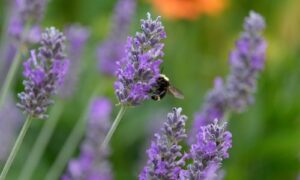
Check out our list of local wildlife-supporting plant stores and nurseries, organizations, and community science opportunities.
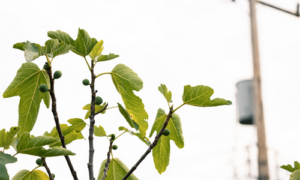
Learn about the diversity in pigeon populations in the United States and the implications of this variability on the species.
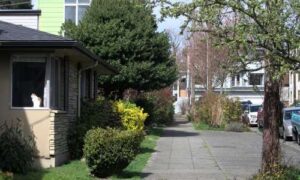
Do you wonder how a cat can be happy indoors? This presentation will give you a better understanding of cat behavior and the confidence that an indoor cat can be a happy cat.
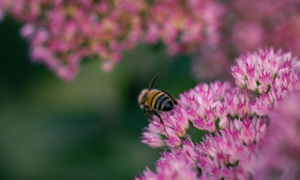
This workshop will guide you through the process and materials needed to help you decide if Mason Bees are right for you and your garden, whether you have a small deck or an open garden.
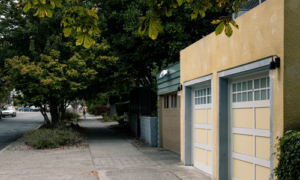
Take a virtual tour of Capitol hill with naturalist and author David B. Williams and gain a new appreciation of the nature of the city and its wild side.
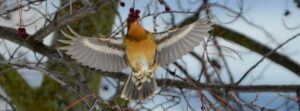
Take a virtual trip across Capitol Hill to learn about urban habitat types, how to identify the unique birds they support, and what we can do to make the neighborhood a safer place for them to live.
Nature of Your Neighborhood is a collaboration between Birds Connect Seattle, the Capitol Hill EcoDistrict, and the Seattle Bird Conservation Partnership. Our goal is to foster relationships between the people and the nature of their neighborhoods.